Experienced Team, Expert Analysis
Cultural resources projects often recover diverse collections of artifacts and specimens, including items made of clay, stone, shell, metal, mineral, and animal bone, as well as preserved seeds, pollen, and other plant remains. Desert Archaeology’s efficient team of in-house specialists brings years of expertise and innovation to a wide range of artifact and biological analyses.
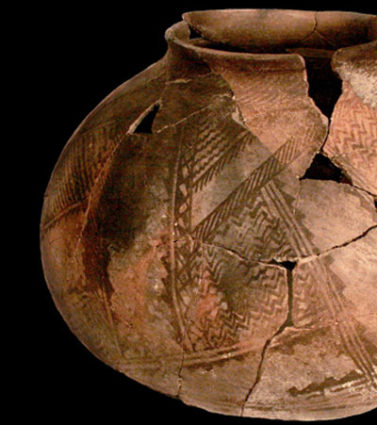
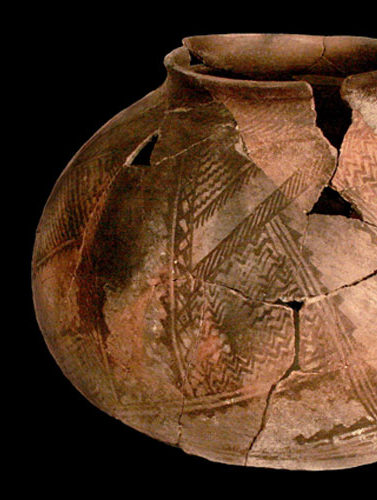
Ceramics
Decorated ceramics are a key source of the highly refined chronological information that is essential to accurate, cost-effective archaeological research. Desert Archaeology’s specialists have made significant refinements to both the Tucson Basin and Phoenix Basin ceramic typologies, resulting in much finer chronological resolution than was possible before and major new insights into social change in the past.


Flaked Stone
R. J. Sliva has been Desert Archaeology’s lead flaked stone analyst since 1994, conducting analyses that record a range of technical and design data from stone tools, the raw materials used to make them, and the waste products generated during their manufacture to investigate the social behaviors, cultural affiliations, and demographics of past peoples.


Ground Stone
Tessa Branyan-Martin has been with Desert Archaeology since 2018. Her technological approach to artifact study incorporates use-wear studies and experimental tool and task replication to determine how the artifacts on archaeological sites were made and used.
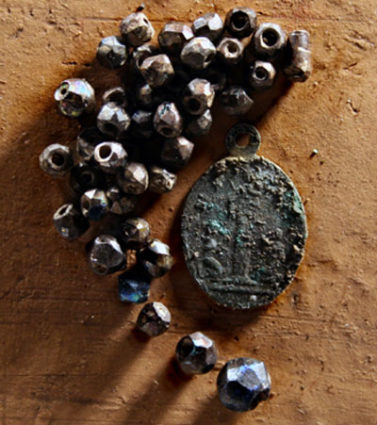
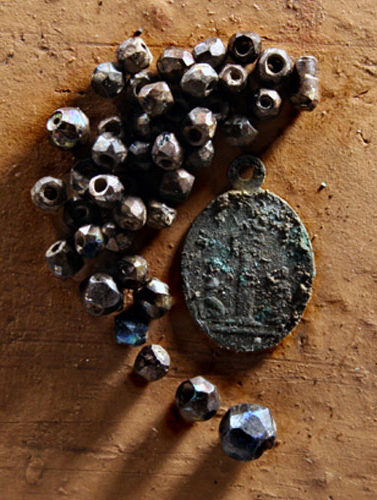
Historical Materials
An in-house team of project directors and analysts conducts comprehensive artifact analysis and archival research for historic projects. Team members have analyzed in excess of 500,000 artifacts and have conducted research in major archives in Arizona, the National Archives, and the Huntington Library in Los Angeles.
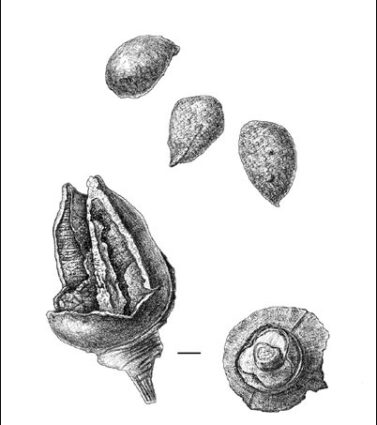

Paleobotany and Pollen Data
Dr. Michael W. Diehl has more than 25 years of experience with paleoethnobotanical identifications and pollen interpretations, allowing him to provide unrivaled paleobotanical services and archaeological interpretation at competitive rates.
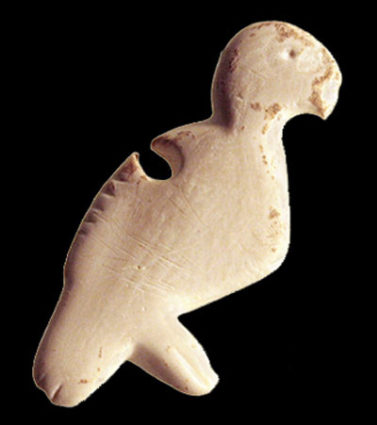
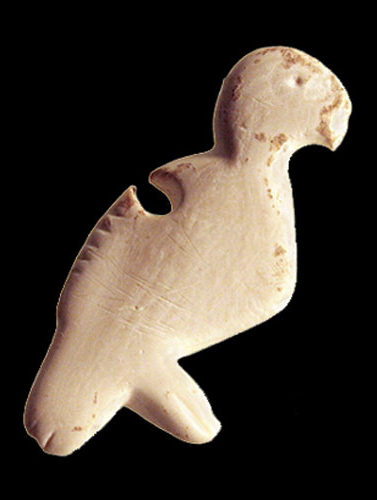
Shell
Christine H. Virden-Lange has more than 20 years of experience conducting identification and analysis of marine and freshwater shell species found at prehistoric and historic sites in the Southwest United States. She has an interest in the use of shell during the Early Agricultural period, shell production and exchange networks, and ornament production techniques.
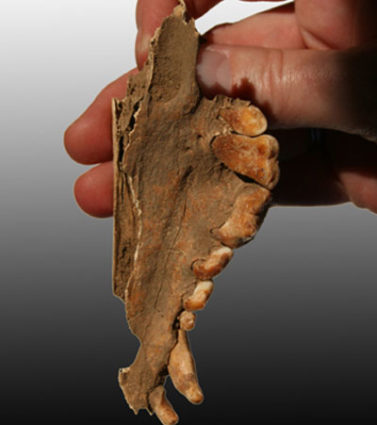
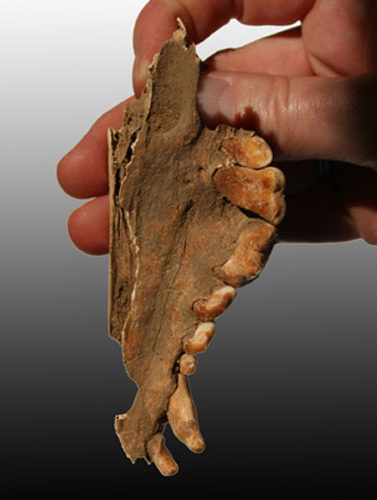
Zooarchaeology
Jennifer A. Waters has conducted analyses of faunal materials from sites throughout Arizona since 1996. The study of animal bone is essential for reconstructing the diet of past human populations from both prehistoric and historic times, and also answers questions about how people acquired and shared food and the ways they used their environment.

